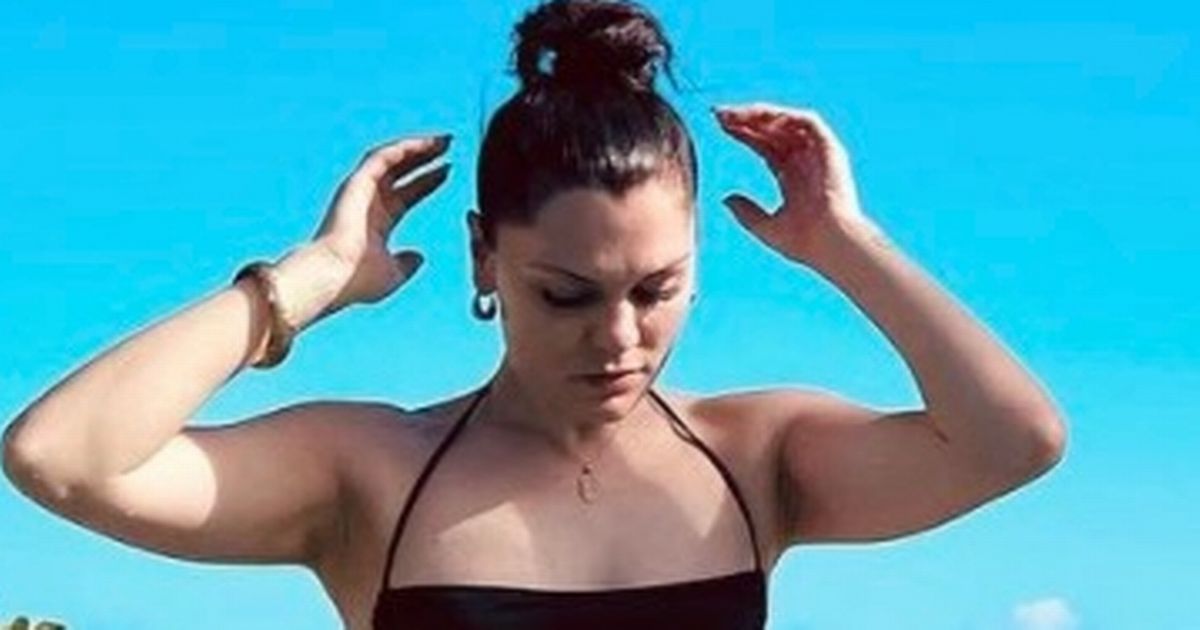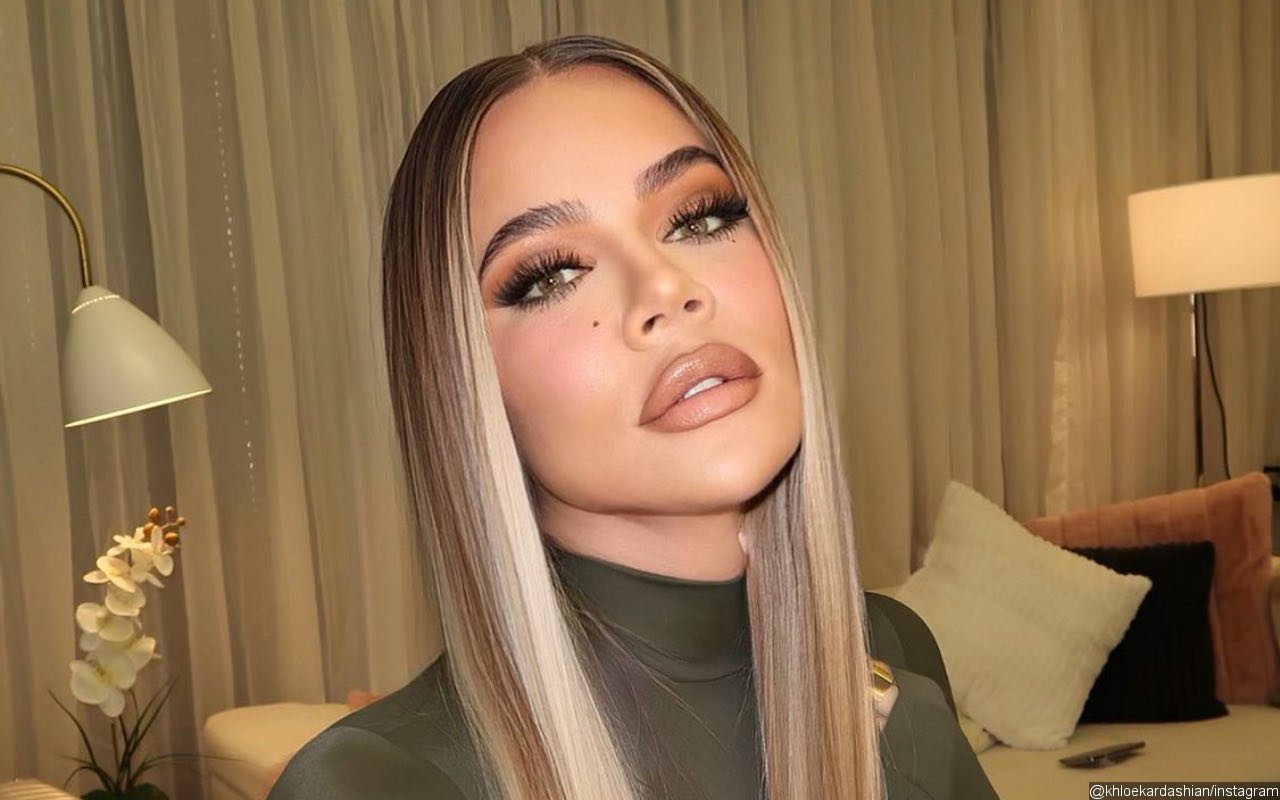Alisha Campbell loves the name of her school because it sparks conversations about its meaning.
Barrawang Primary School is a new school with large numbers of students with disabilities. Campbell said the name – a Woi-wurrung word of the Wurundjeri people meaning “magpie” – is a great fit.
Principal Alisha Campbell at Barrawang Primary School in Wollert.Credit:Jason South
“Everything is about aiming really high,” the principal said. “And so for us, that magpie vision is them raising us up to be the best that we can be and reaching the heights of the magpie.”
Barrawang Primary, in Wollert, is also a taste of the future. From 2025, all new Victorian state schools and campuses will have a First Nations language name.
Under the changes, traditional owner groups will propose Aboriginal language names, and the education minister will select from them for new state schools and campuses. If an Indigenous name cannot be agreed, another name will be chosen by the minister.
The number of Victorian state schools with a First Nations language name has surged to 13 – 11 new and two renamed – plus two new campuses. There are no Catholic or independent schools with Indigenous names.
Professor Mark Rose, pro vice chancellor at Deakin University, who is of Gunditjmara heritage, welcomed the change, to be announced on Tuesday.
“I reckon it’s great,” he said. “It ties into a history that we’re hoping kids are starting to get more in the curriculum, so it sits nicely with the intention that the community has been working on for a long time. I used to lead the national curriculum advisory group and Australia has got four faces: our colonial past, the fact we’re part of Asia and the Pacific, the world’s most multicultural community, and the world’s oldest living culture.
“And if we draw our educational identity with those, I think our kids are going to be well settled in knowing who they are and where they’re going.”
Wayi School opened in Craigieburn this year.
“Wayi is a Woi-wurrung word of the Wurundjeri people and it means ‘us’, which was perfect for our school,” said principal Leanne Sinnadurai. “It absolutely demonstrates that we are committed and we do recognise the First Nations people.”
“Thinking beyond what was the usual, name the school after the street or the suburb it’s in, it was very aligned with our thinking in that we work very hard to support all the members of our community to be accepted.”
All buildings at the specialist school also have Indigenous names, including Wurru Wurru (sky), Baan (water) and Biik (earth).
“It becomes part of our everyday vocabulary, which is the first step. We’re not at the stage where we’re referring to every space, but we’ll get there,” Sinnadurai said.
Leanne Sinnadurai with students of Wayi School. Wayi is a Woi-wurrung word of the Wurundjeri people meaning “us”. Credit:Jason South
The next step is adding an Indigenous language to the curriculum. “The [school] name is a great place to start.”
State Education Minister Natalie Hutchins said: “We’re listening to our Koorie communities, and these new changes will ensure we support self-determination and get new school Aboriginal language names right.
“We’re ensuring the history, culture and languages of Victoria’s First Peoples are strongly embedded in our education system, producing young adults who understand Australia’s complete history.”
Minister for Treaty and First Peoples Gabrielle Williams said: “How we name things, including schools, contributes to community understanding.
“This is particularly important on Victoria’s path to truth and treaty with our First Peoples.”
There are two Indigenous independent schools in Victoria: the Melbourne Indigenous Transition School, a boarding facility for year 7 students from rural Victoria and remote NT, and the state’s only Aboriginal-run school, Worawa Aboriginal College.
With Adam Carey
The Morning Edition newsletter is our guide to the day’s most important and interesting stories, analysis and insights. Sign up here.
Most Viewed in National
From our partners
Source: Read Full Article




